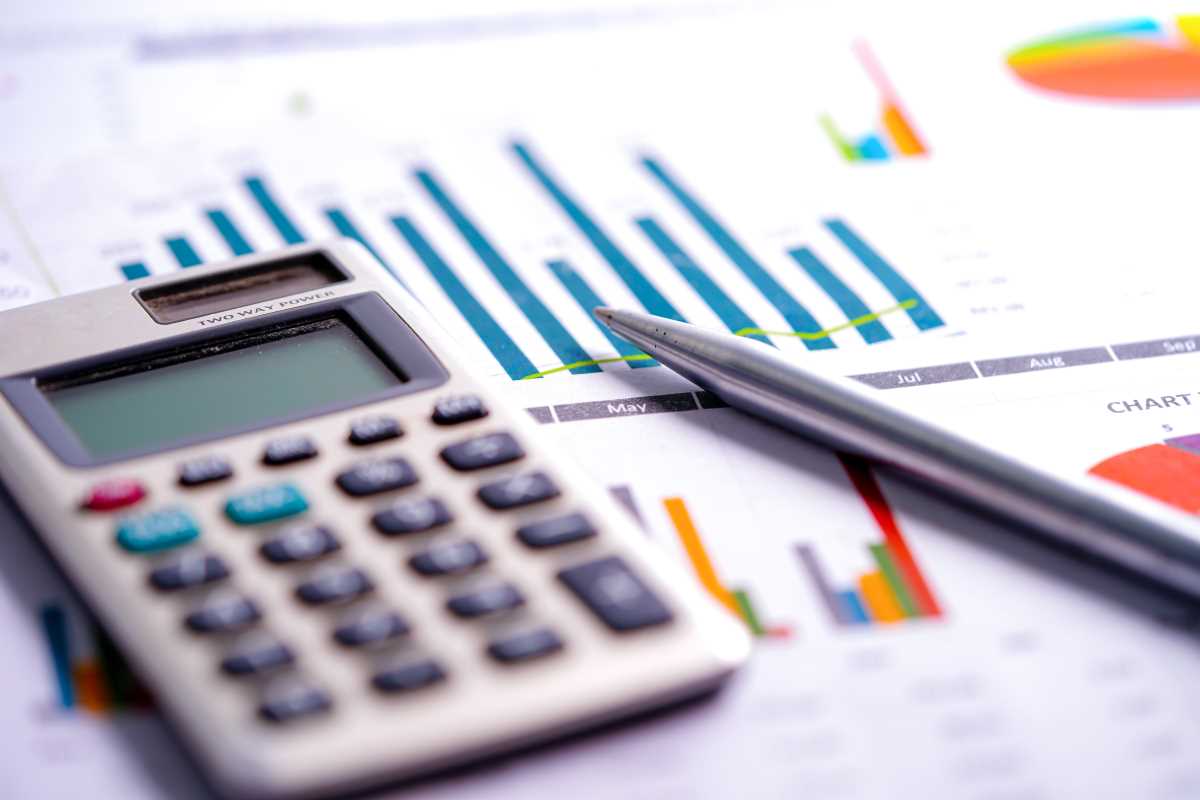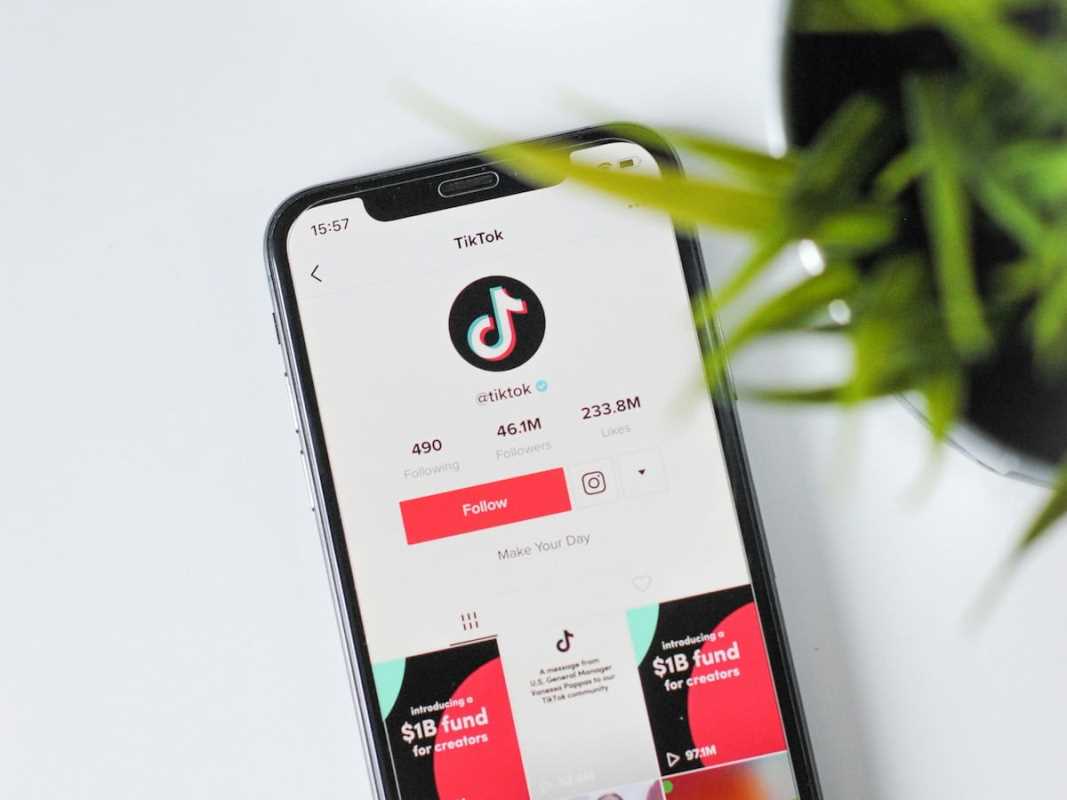Understanding customer behavior is a key part of running a successful business. Predictive analytics offers the tools to do just that by using data, patterns, and trends to determine how customers might act in the future. This approach helps businesses make smarter decisions, improve customer satisfaction, and drive growth. By using predictive analytics, companies gain a significant advantage in tailoring their approaches to meet customer needs. Let's talk about how this all works, its benefits, and practical ways small and large businesses can use it to anticipate and meet customer expectations effectively.
1. Breaking Down Predictive Analytics
Predictive analytics is the process of analyzing historical data to forecast future outcomes. It combines data mining, machine learning, and statistics to identify patterns and trends. The goal is to determine actions, preferences, or behaviors, allowing businesses to stay ahead of the curve.
Advanced tools, such as artificial intelligence (AI) algorithms, examine large datasets from various sources, including website activity, purchase history, and demographic information. An online retail business might use data-driven techniques to identify which products a customer is most likely to purchase based on their browsing history.
Start small by gathering data from your website, social media, or sales records. Use free or affordable tools like Google Analytics to begin identifying basic trends and customer preferences.
2. Benefits of Predictive Analytics for Businesses
The advantages are extensive and benefit companies across all industries. Some of the most impactful benefits include:
- Improved Decision-Making: Decisions based on data are typically more accurate than those made based on guesswork or intuition. It helps businesses make well-informed choices about product offerings, marketing strategies, and budgets.
- Enhanced Customer Experience: Predicting customer needs allows businesses to create personalized experiences. A streaming platform might suggest content based on viewing habits, making users feel valued.
- Cost Efficiency: It helps companies allocate resources more effectively. By identifying potential opportunities or risks, businesses can focus their budgets on plans that work.
- Higher Retention Rates: Businesses that understand customer behavior can identify signs of dissatisfaction early and implement methods to keep loyal customers engaged.
Focus on improving customer experiences by analyzing which products or services generate the most satisfaction. Use this information to refine your offerings.
3. Ways to Use Predictive Analytics in Marketing
Marketing is one of the primary areas where this can truly shine. It helps tailor campaigns to reach the right audience and achieve better results.
- Targeted Advertising: It identifies specific customer segments and matches them with relevant ads. A skincare brand might use data to advertise anti-aging creams to middle-aged users while promoting acne solutions to teenagers.
- Optimized Email Campaigns: Businesses can use data to determine the best time to send emails, how often to reach out, and which products to highlight. This enhances open rates and engagement.
- Predicting Trends: Tools monitor industry trends and consumer interests, helping marketers stay ahead. A fashion retailer can identify which styles will trend in the coming season and stock inventory accordingly.
Combine customer data with predictive analytics tools like HubSpot or Sprout Social to create targeted campaigns that resonate deeply with your audience.
4. Using Predictive Analytics for Upselling and Cross-Selling
Forecasting techniques enable companies to determine which products or services to suggest to customers. This makes it easier to upsell or cross-sell without appearing pushy.
- Personalized Recommendations: Online retailers frequently use this approach by suggesting complementary items. Customers who purchase a smartphone might see recommendations for protective cases, chargers, or headphones.
- Specialized Discounts: Forecasting tools can identify which customers are likely to respond to.. Offering personalized discounts increases the chances of converting interest into a sale.
- Behavior-Based Offers: Businesses can predict which offers will work best based on individual purchase history or browsing behavior. A grocery delivery service might recommend new recipes and include the option to buy all related ingredients with one click.
Use tools like Salesforce or Shopify analytics to add personalized recommendations dynamically to your online store.
5. Preventing Customer Churn with Predictive Analytics
Keeping customers is often more cost-effective than acquiring new ones. Analytics can help businesses identify potential signs of customer churn and take proactive measures to retain valuable clients.
- Monitoring Engagement Levels: Analytics tools track how often customers interact with a brand. A drop in activity could indicate a customer is losing interest.
- Feedback Analysis: Unhappy feedback signals a risk of churn. By analyzing common complaints, businesses can make improvements and retain more customers.
- Tailored Retention Strategies: It anticipates which customers might need more incentives to stay engaged. A subscription-based service could offer discounts or add-on benefits to customers showing signs of cancellation.
Develop an early intervention method for at-risk customers. Use data-driven insights from tools like Zendesk or Qualtrics to understand trends and act quickly.
6. Predictive Analytics in Inventory Management
Anticipating customer demand benefits inventory control. Reducing overstocking or stockouts of popular products directly boosts profitability.
- Forecasting Demand: Tools determine which items are likely to sell more in the coming weeks based on seasonality, trends, and customer behavior. A bakery might increase production of holiday-themed treats based on this data.
- Improved Supply Chain Efficiency: Predictive tools highlight optimal order times for suppliers. This eliminates unnecessary delays while keeping inventory costs low.
- Minimized Waste: By accurately forecasting product demand, businesses reduce waste. Grocery stores can use data to manage perishable items and sell them before expiration.
Implement inventory management systems that incorporate forecasting features, such as Zoho Inventory or TradeGecko. These tools help track stock trends and integrate purchasing decisions.
7. Tools to Get Started with Predictive Analytics
Several tools are available for businesses of all sizes to harness the power of advanced data forecasting techniques without breaking the bank. These platforms simplify complex calculations and deliver actionable insights.
- Google Analytics: Tracks website traffic patterns and determines user behavior to improve conversion rates.
- Tableau: Offers a visual representation of data trends, making it easier for businesses to forecast market or consumer changes.
- IBM Watson Analytics: Provides AI-based tools for using past and future business scenarios.
- Microsoft Power BI: Allows businesses to visualize data and identify trends with cutting-edge analytics features.
Choose tools that integrate seamlessly with your current systems. Start by analyzing historical data trends before expanding to more complex forecasting models.
 (Image via
(Image via





